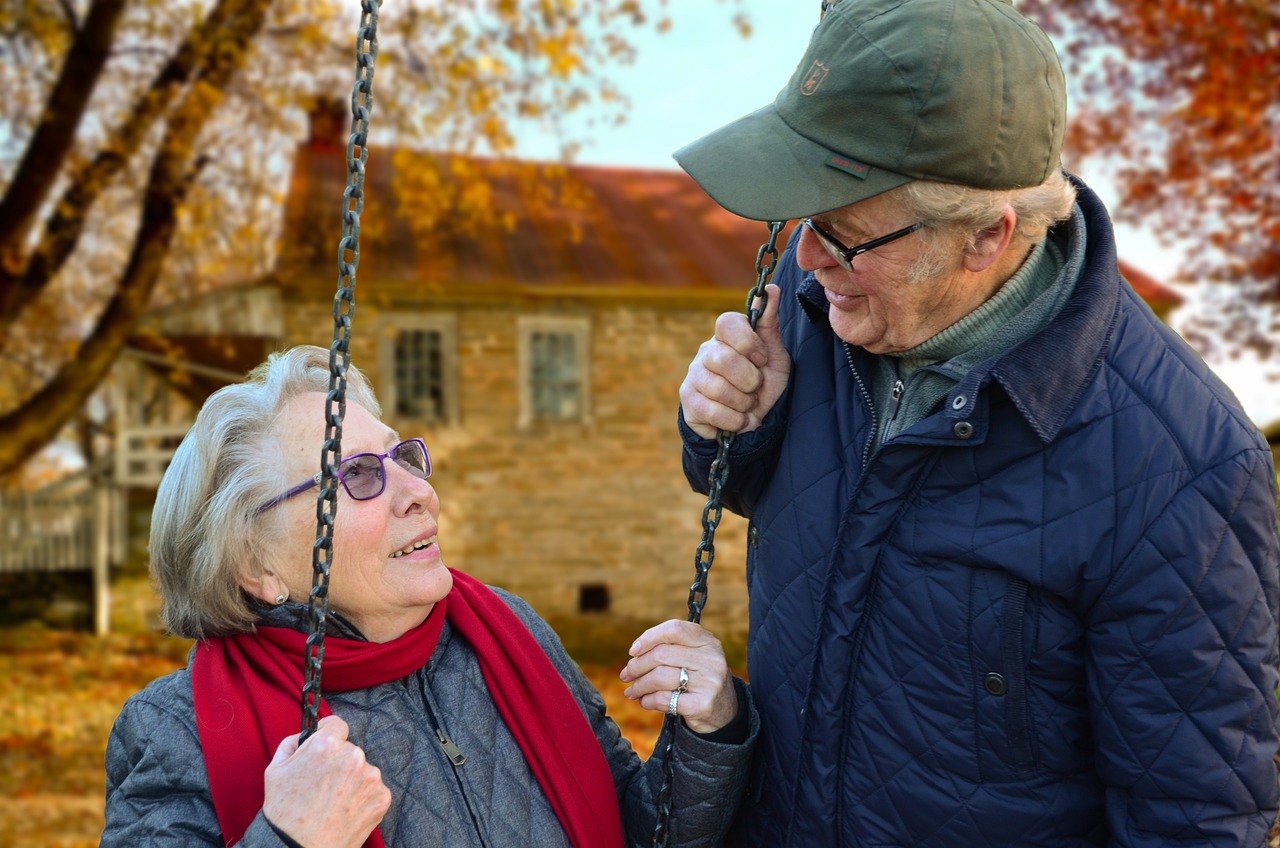The concept of reverse mortgages has been around for several decades, providing a unique financial option for senior homeowners. These loans allow older individuals to tap into the equity in their homes, providing a source of income in retirement. However, as beneficial as reverse mortgages can be, they also come with risks, particularly when it comes to protecting surviving spouses. In this article, we’ll explore the importance of safeguarding surviving spouses in reverse mortgages and offer insights into how you can secure their financial well-being.
Understanding Reverse Mortgages
Before delving into the complexities of protecting surviving spouses, it’s crucial to grasp the basics of reverse mortgages. These loans are designed for homeowners aged 62 and older, and they allow homeowners to convert a portion of their home equity into tax-free cash. This can be received in a lump sum, monthly payments, or as a line of credit.
The unique feature of reverse mortgages is that homeowners are not required to make monthly mortgage payments, unlike traditional mortgages. Instead, the loan balance grows over time as interest accrues. The loan becomes due when the homeowner moves out of the home, sells the home, or passes away.
The Challenge for Surviving Spouses
One of the most significant challenges with reverse mortgages is ensuring that surviving spouses are adequately protected. In the past, when a reverse mortgage borrower passed away, their surviving spouse often faced the risk of foreclosure. This was because the loan balance would become due, and the surviving spouse might not have the financial means to pay it off, potentially leading to the loss of their home.
This issue was particularly prevalent when the surviving spouse was not listed on the reverse mortgage agreement. In many cases, lenders require the named borrower to be the youngest homeowner on the loan, allowing for a larger loan amount. While this was advantageous for the initial borrower, it posed problems for the surviving spouse, who might have been significantly older and thus faced a shorter life expectancy.
Legal Protections for Surviving Spouses
In response to these challenges, legal protections have been established to safeguard the interests of surviving spouses. The most significant legal safeguard is the “Non-Borrowing Spouse” provision, which was introduced in 2015. Under this provision, surviving spouses can remain in their homes even if they were not listed as borrowers on the reverse mortgage.
The Non-Borrowing Spouse provision primarily requires that the spouse must meet certain eligibility criteria, such as being married to the borrowing spouse at the time the reverse mortgage was initiated, and the home must be their primary residence. Additionally, they must continue to meet the obligations of the reverse mortgage, such as paying property taxes, homeowner’s insurance, and maintaining the property.
These legal protections have made a significant difference in ensuring that surviving spouses can remain in their homes, providing much-needed peace of mind to those who may have been vulnerable to foreclosure in the past.
How to Protect Surviving Spouses in Reverse Mortgages
While legal protections are in place, it’s essential for homeowners considering a reverse mortgage to take proactive steps to safeguard their surviving spouse’s financial security. Here are some key considerations:
1. Joint Borrower Option
One of the most effective ways to protect surviving spouses is to include them as joint borrowers from the outset. This ensures that both spouses are legally bound by the terms of the reverse mortgage, and both have the right to remain in the home if one borrower passes away.
2. Review Loan Terms Carefully
Before committing to a reverse mortgage, carefully review the loan terms, including interest rates, fees, and repayment requirements. Ensure that the loan’s terms are reasonable and sustainable for both you and your surviving spouse.
3. Seek Professional Guidance
Consulting with a financial advisor or reverse mortgage counselor can provide valuable insights into the implications of the loan and how it will affect your surviving spouse. They can also help you understand the legal protections in place.
4. Maintain Home and Financial Responsibilities
To benefit from legal protections for surviving spouses, make sure that you continue to meet all obligations associated with the reverse mortgage, such as paying property taxes and homeowner’s insurance. Failing to meet these obligations could jeopardize your spouse’s ability to remain in the home.
5. Stay Informed
Reverse mortgage regulations and laws can change over time. Staying informed about updates and any new protections that may be introduced is crucial to protecting your surviving spouse.
In conclusion, while reverse mortgages can be a valuable financial tool for seniors, it’s crucial to be aware of the potential risks they pose to surviving spouses. Legal protections have improved the situation, but proactive measures are also essential. By considering joint borrower options, reviewing loan terms, seeking professional advice, and staying informed, homeowners can safeguard their surviving spouses and ensure that they can continue to enjoy the comfort and security of their homes.
Reverse Mortgage California
If you are a California resident considering a reverse mortgage or seeking guidance on protecting your surviving spouse, we’re here to help. At Reverse Mortgage California, we have a team of experts ready to assist you in navigating the complexities of reverse mortgages and ensuring that your financial future, as well as that of your surviving spouse, is secure.
Don’t hesitate to reach out to us at 1 (888) 387-8415. Our dedicated team can provide personalized advice and information tailored to your unique situation. We’re committed to helping California homeowners make informed decisions about their financial well-being, ensuring that they enjoy the benefits of a reverse mortgage without compromising the security of their surviving spouses.

